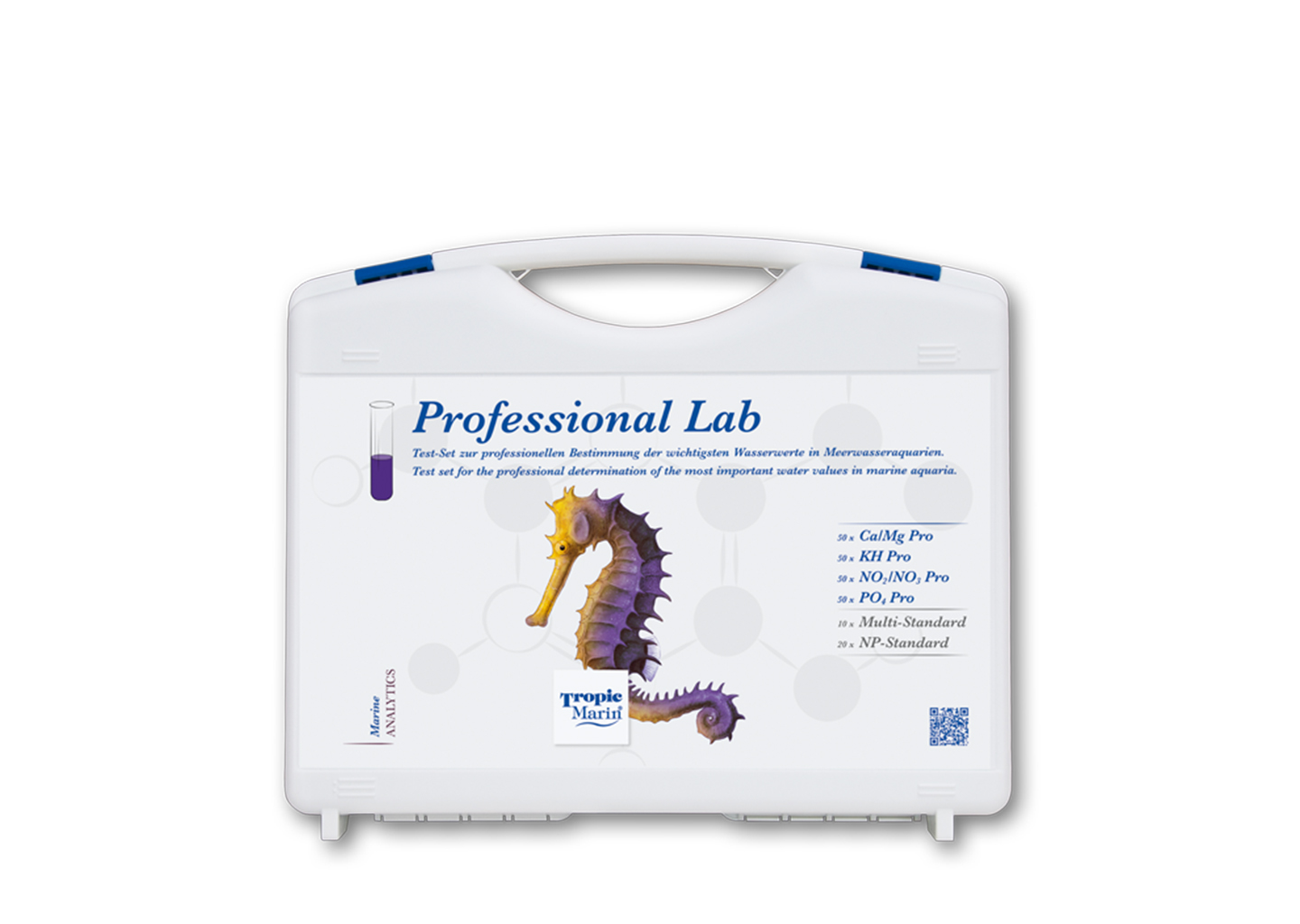First Time Aquarist Part two - Preparation

Welcome back! This is the second in a series of articles about getting into the aquarium hobby, the first can be found in the article archive if you'd like to back up. At this point, you should have purchased most of the hardware for your tank (and of course the aquarium itself)! At a minimum, this should include the aquarium, filter/sump/skimmer system, a heater and lights. I would also argue that nearly every aquarium needs supplemental water flow, so depending on the size of your aquarium, some powerheads should probably also be present. If you've purchased and all-in-one system, most of them from quality manufacturers come with excellent assembly instructions, and they should be followed precisely. If you've purchased separate components (from your LFS of course), you should lean on the instructions packaged with those components, as well as the expertise of that same LFS, as most of them are more than happy to get you started on the right path and some even offer delivery and set up options!
Now we're going to fill an aquarium! No, actually, wait a second. Did you buy a quality salt like Tropic Marin? No? Ok, go ahead a buy a bucket, they seal well for storage, the price per pound is better in larger volumes, and since you will be doing water changes, you might as well have a good supply of the same quality salt on hand. We suggest Tropic Marin because we use it in house, it has been the premier salt for decades, is very stable batch to batch and offers more actually available calcium/alkalinity than most other premium salts on the market. It has our highest recommendation.

Next you should also buy some test kits. These will be very important post set-up. At a minimum, you will need kits for calcium, alkalinity and nitrogen (ammonia, nitrite and nitrate). A quality test kit goes a long way toward having accurate, repeatable results. Your LFS can steer you in the right direction here, and many Local Fish Stores are happy to run water quality tests for you, just ask! You're also going to need a way to test salinity, or how salty the water is. This can be done with Hydrometers (which is fine for 90% of all aquarists, and probably 100% of the people finding this article useful), and it can also be done with refractometers. The latter are more accurate, but also more expensive. Both are useful tools, and must be kept nice and clean (fresh water rinse after use) to ensure they last and function accurately over time.
Now onto decorations. Many rookie aquarists set themselves up for failure by thinking they can get rocks and sand from the yard or local big box home improvement store, or worse, the backyard. These choices often cause series issue by leaching nutrients, silicates and even chemicals and dyes into the aquarium. Save yourself this headache and heartache and spend the money for “cultured” or “artificial” reef rock right off the bat (as well as aquarium grade sand if you decide that a sandy bottom is the look you're going for.) There are many great choices available for the home marine aquarium like the TMC Ecoscape, Real Reef or Walt Smith Rock. Tanks that have 1-1.5 pounds of rock per gallon have better filtration and chemical/biological stability than tanks that have less than this. Over time the rock will also provide tank inhabitants with a variety of natural foods, and cultured rock brings with it diverse types of coralline and macro algae.
Now, you're just about ready to fill your aquarium up! We'd like to point out here, that there is more than one way to have a successful reef aquarium and we've reached the point where different people will tell you different ways to move on from here. There are plenty of wrong ways, but there are also plenty of “right” ones. The following article will go through time tested ways and products that our biologists have all used on their home tanks with great success over the years in the hope that you can get the same enjoyment we have, without having to suffer through some of the mistakes we (and our forerunners) made.
Happy Aquarium keeping!